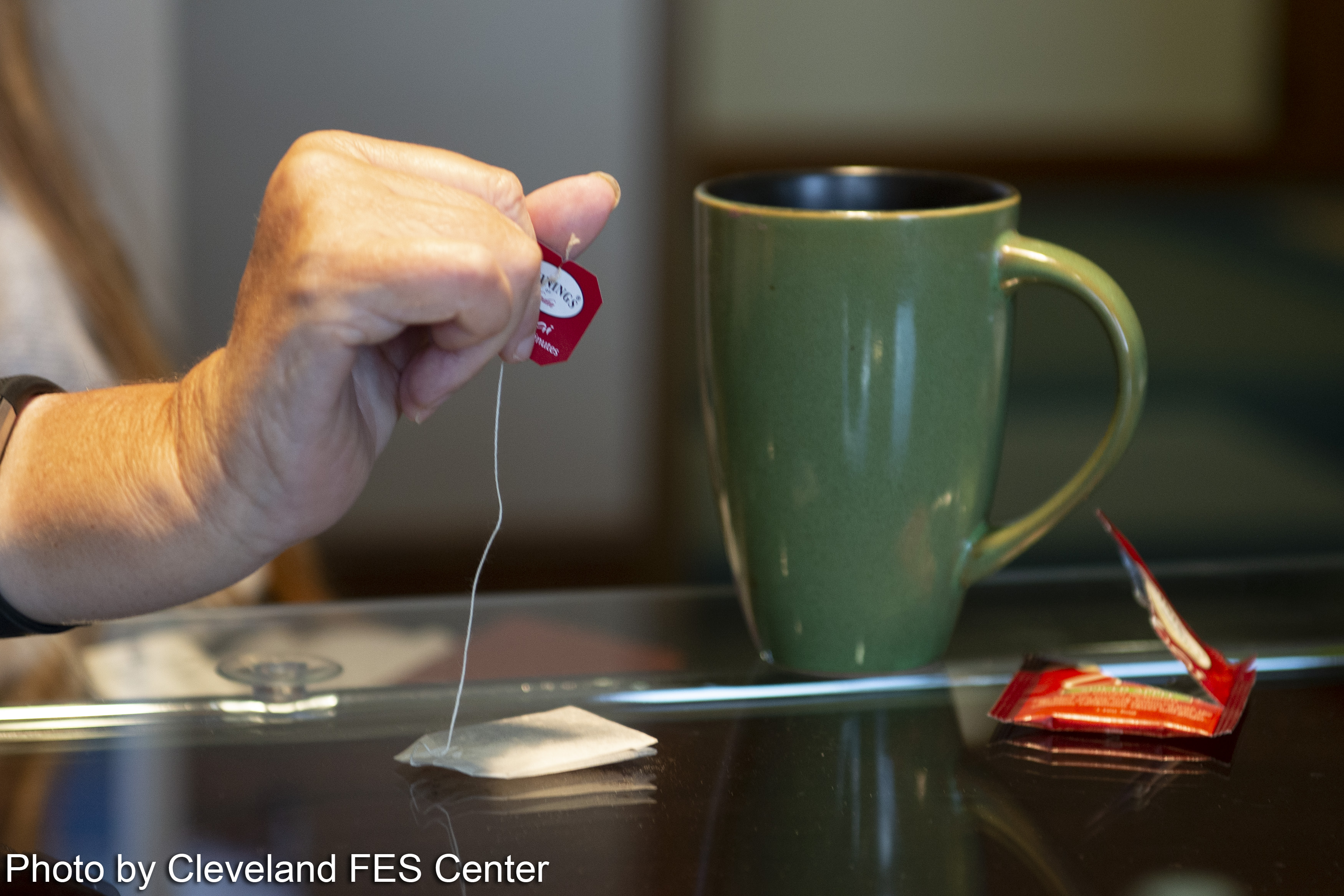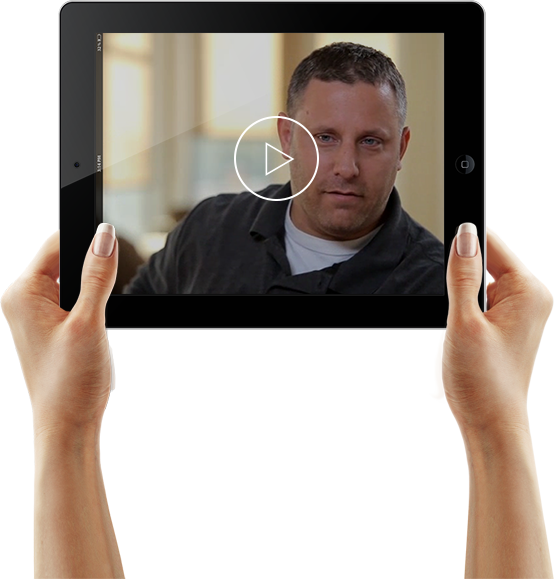After a spinal cord injury, many people find themselves needing help for a lot of basic daily activities. Even those who can do most things independently still miss the mobility and spontaneity they used to have, and many start to worry about the long-term health consequences of sitting in a wheelchair.
We all hope for a cure. But while we’re waiting for a cure that still seems elusive, real people need real help today.
What if we could restore the lost functions of paralysis, one by one? Hand function. Sexual function. Bladder function. Trunk stability. Standing. Stepping. Technologies exist that have the potential to do this; they’re called neuromodulation systems. We have a third generation design that rests on more than 30 years of research, and we are ready to start studying it in people so we can bring it to market.
What good is a great technology if you can’t get it to the people who need it? We’ve learned from our own past history. An earlier generation system made it all the way to medical reality, but then languished because the commercial market was too small. Since then, we’ve learned how to make the technology even better, and we’ve gotten more creative on the business side, too.


